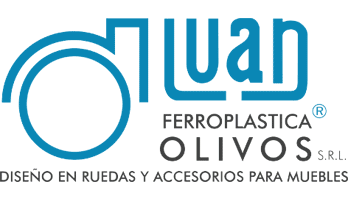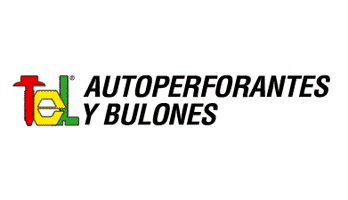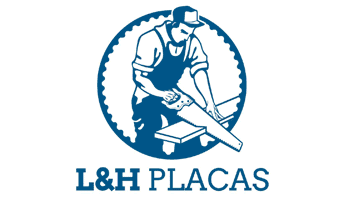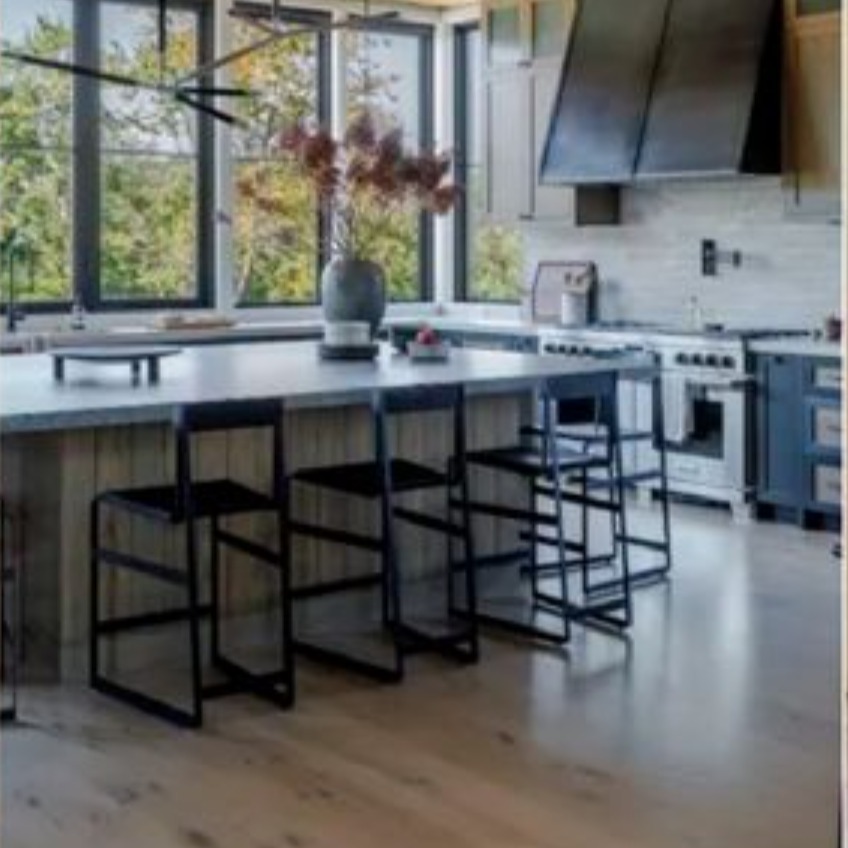
Wood or tiles: What type of floor is better for a kitchen?
The answer may surprise. It is about achieving warmth, texture and lasting attraction. The options for the kitchen according to wood or tile floors. Choosing the right floor for the kitchen is essential not only for the appearance of space, but also for its practicality. While wood or tile floors are excellent options from the visual and functional, are there any prevailing over the other? What option is better? The wooden and tile floors for the kitchen offer two different styles in the same design, creating contrasting styles.
Maderala apartments Trend in how many cooking floors is that the appropriate material and colors are chosen to prevent the space from seeing cold. And the wood seems to be the chosen floor ? Wood floors provide warmth and ability to connect spaces without problems. It is recommended are the toughest and durable types of wood such as white oak or walnut. ? As a wooden floor, white oak is a versatile option, since it provides character and is resistant to daily wear. ? Wood Espiga are also gaining popularity in kitchens, thanks to their sophisticated and timeless design, and their practical advantages of tile, porcelain, or natural stone, are excellent options for very busy or outdoor kitchens ? For a kitchen with a rustic style there are some truly timeless options, both wood and tiles. For example, recovered wood can be a sustainable option, which provides texture and warmth, while natural stone tiles such as limestone (in neutral tones) can offer a timeless and organic sensation ? Although the ground of Wood can offer a better aesthetic, sometimes tiles are the most practical option, especially in kitchens that are most exposed to water than usual. In these cases, we must be creative with the choice of tiles, such as the use of a porcelain coating that imitates the natural wooden floor.
IT MAY INTEREST YOU
 The second largest wetland in South America is located in Argentina: what is it?
The second largest wetland in South America is located in Argentina: what is it?
Argentina has national parks that place it in a unique position within South America, competing with 300 others. Which is the largest? South America is home to more than 300 national parks, but many go unnoticed. There are extensive wetlands that have been the subject of major ecological restoration projects, to coastal mountains with deep indigenous heritage. Today we tell you the case of one located in Argentina.
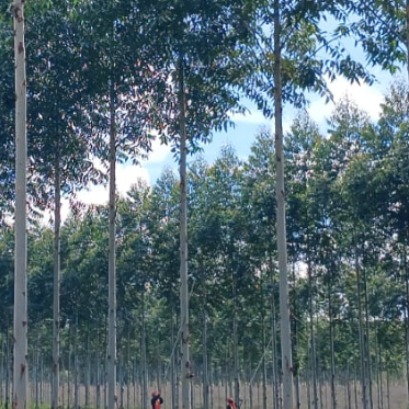 Paraguay | The plantations became instruments of territorial development and the generation of decent employment, INFONA highlights.
Paraguay | The plantations became instruments of territorial development and the generation of decent employment, INFONA highlights.
Plantings in different phases, control of ants and weeds, pruning and thinning, mechanized harvest, technology applied to the field and complete integration of the production cycle were part of the CREA Forestal proposal in its Technical Update Conference – JAT Forestal 2025. The event took place on Friday, November 14, at Estancia Ñemity, located in San Juan Nepomuceno, Caazapá, where agricultural producers, technicians, contractors, students and companies in the sector met to observe the forestry business of the future in action.
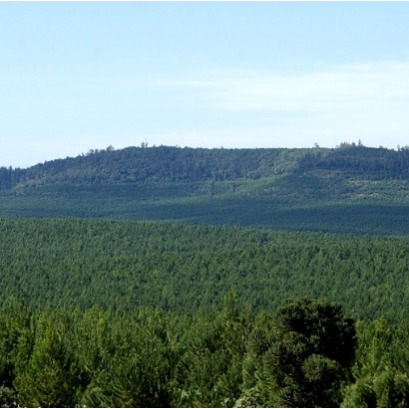 Free seminar on the implementation of the European EUDR regulation on deforestation-free wood products
Free seminar on the implementation of the European EUDR regulation on deforestation-free wood products
The Argentine Forestry Association (AFoA) organizes the seminar «EUDR in Forest Products: Current status of implementation. Regulatory requirements and private experiences", which will take place on Wednesday, November 26, from 11:00 a.m. to 12:00 p.m., via Zoom, with live streaming on YouTube. The European Regulation on Deforestation-Free Products (EUDR) will enter into force on December 31, 2025 and will impose new requirements for forest products entering the European Union market.




